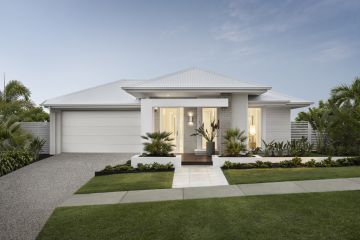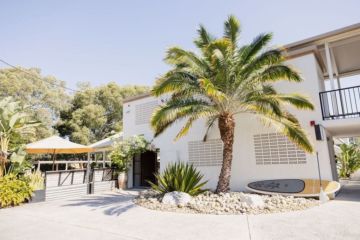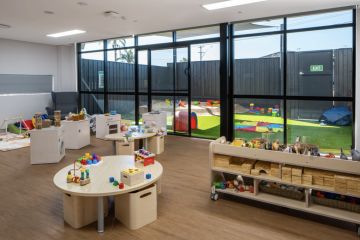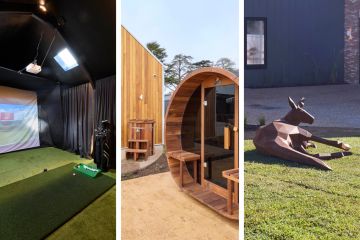Sofitel Melbourne on Collins re-design honours its Parisian roots
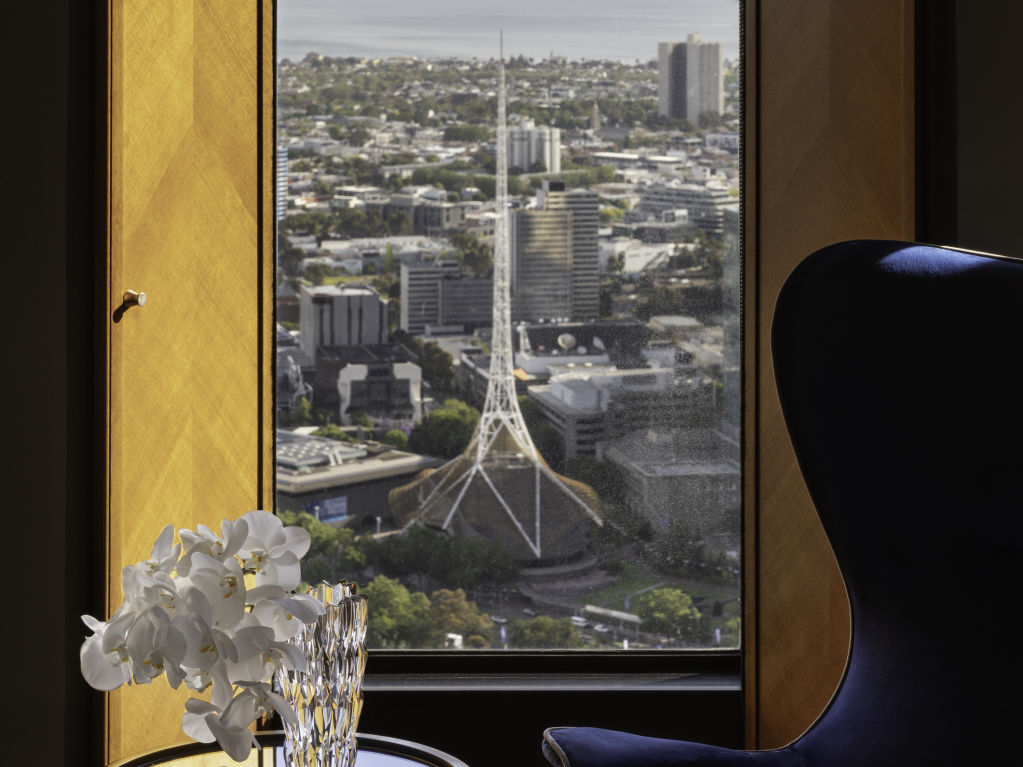
The next time you find yourself at the Paris end of Collins Street, make sure you look up to try and find the similarities between the Louvre Pyramid in Paris and the five-star hotel Sofitel Melbourne on Collins.
Chinese-American architect I. M. Pei designed both buildings, and the latest refurbishment of the Sofitel’s guest rooms, corridors and lobbies leans on the master’s strong love of triangular geometry – a style he became known for when his glass-and-metal pyramid was added to the Louvre Museum in the 1980s.
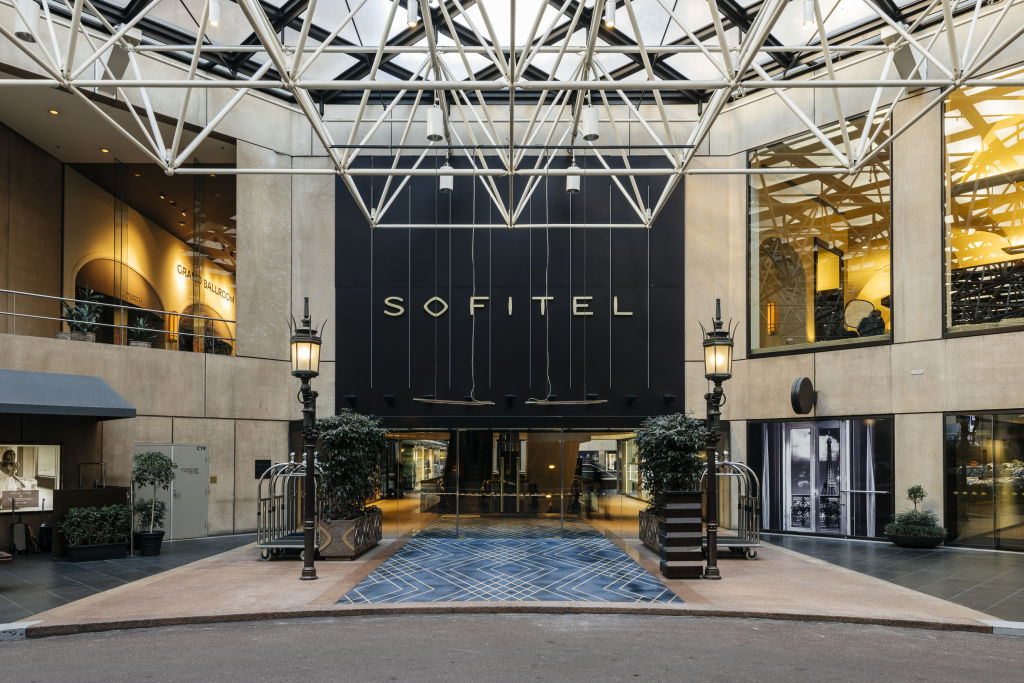
A+ Design Group founder Tony Leung has been involved in Sofitel Melbourne’s $15 million refurbishment and says the late I. M. Pei was an idol of his, as a fellow Chinese architect and the designer of the Louvre Pyramid.
“I. M. Pei’s narrative of strong triangular geometry … has been reinforced throughout the entire facelift,” Leung says. “The key new design elements take on I. M. Pei’s lead and look at the existing elements in both architecture and interior.

“The upgrade of the Sofitel guestrooms, corridors and lobbies has been a concept-driven approach.
“The joinery and furniture, finishes, carpet pattern and colours are part of an overall language related to the existing architecture and the site’s position in Melbourne.”

The rooms come with angled mirrors and timber window shutters that follow a triangular motif repeated on the exterior of the building, while the carpet has plenty of pyramidical shapes to keep you connecting the dots.
Fabric-panelled bedside tables hint at Parisian life, as does the soft, metallic triangular form of the minibars.
“It’s about telling the story of Melbourne and connecting to the notion of ‘Frenchness’,” and France’s affluence and royalty through the use of sophisticated materials, Leung says.

The striking deep-blue armchair and footrest in the rooms draw on the French flag, with the royal blue venerating Saint Martin.
Photographic works by Jon Rendell and Claire Ropartz have been added across the hotel, their black-and-white form highlighting the elegance of both Melbourne and Paris, purposefully tricking the eye with subtle differences in streetscapes.
“That was the intention of this project, to not make the imagery so obvious but to have those staying at the hotel ask the question, ‘Is this a street scene from Paris or Melbourne?” Ropartz says.

Ropartz, who moved to Melbourne from Paris in 2008 and is now an Australian citizen, says the collaborative project shines a light on Melbourne’s “French quarter”, from retail to art and culture.
“I focus on local businesses in Flinders Lane for some of my photographs, from Alpha 60 to Craft Victoria and Chanel,” she says.
“What I love about Melbourne is that so many people here relate to Paris and have a good understanding of Europe because they have travelled multiple times.
“I don’t think the same can be said for Parisians visiting Melbourne. But I do love Australians’ understanding of French culture.”
We recommend
States
Capital Cities
Capital Cities - Rentals
Popular Areas
Allhomes
More

